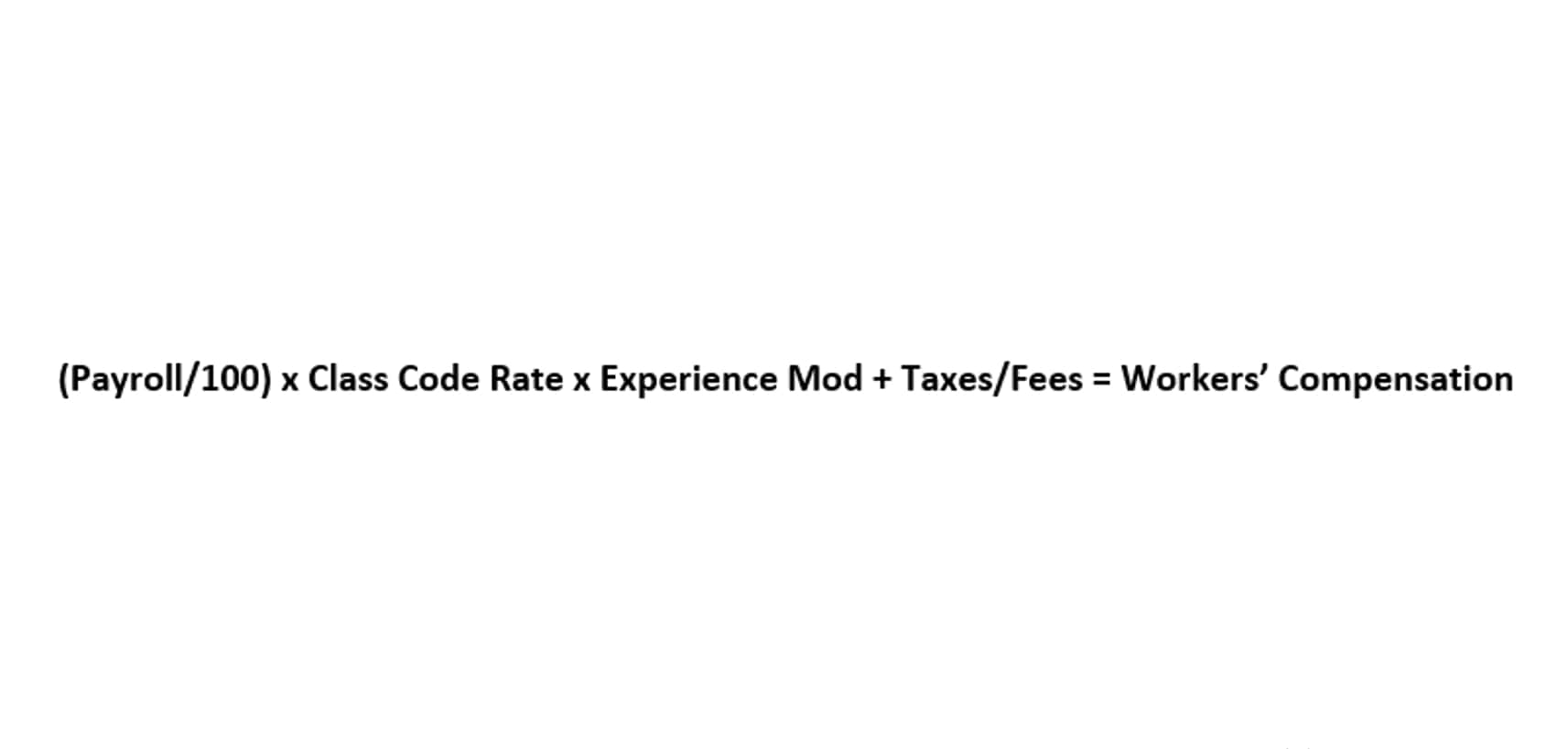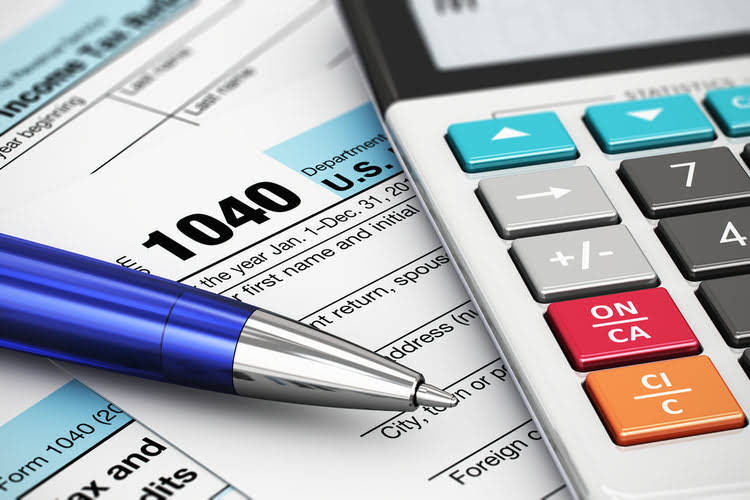Inventory reports do not match and do not reconcile to the inventory accounts in General Ledger

This involves checking each transaction in the ledger against external records to verify its accuracy. Look for any mismatches in amounts, dates, or descriptions that could indicate errors such as duplicate entries, incorrect entries, or omissions. General ledger reconciliation is a key accounting process that involves verifying that the balances in your general ledger are accurate and match external documents and workpapers. In fixed assets doing so, teams ensure that their financial records are correct and reliable. Complex transactions—those involving multiple accounts or requiring extensive documentation—can make reconciliation a real headache.

Investigate discrepancies
Just as your business law firm chart of accounts evolves, so too should your reconciliation procedures. Regularly assess your current process for any bottlenecks or areas for improvement. Consider whether your current methods are effectively catching errors and if there are any emerging risks you need to address.

Reconcile General Ledger Accounts: A Step-by-Step Guide
Before we delve into the concept of general ledger reconciliation, let’s first establish a clear understanding of what a general ledger entails to ensure we’re all on the same page. Learn about emerging trends and how staffing agencies can help you secure top accounting jobs of the future. Accuracy is more important than speed when reconciling your general ledger.
Simplify Audits and Compliance

With accounting software, this process can be highly automated and streamlined. General ledger reconciliation, by comparing your ledger balances with external documents like bank statements, provides the clarity you need to make informed choices. Catching discrepancies early prevents small issues from becoming big problems.
- These controls help catch problems in your company’s financial statements, from simple errors and omissions to potential fraud.
- Regularly reviewing your entries and implementing data validation checks within your systems can help minimize these errors.
- These often require careful breakdown and analysis to ensure accurate recording across all involved accounts.
- However, as your business grows and transaction volume increases, consider transitioning to dedicated software for greater efficiency and control.
- Missing or duplicate transactions can throw off your reconciliation and lead to significant discrepancies.
- Whenever a transaction is made, that transaction is recorded in the general ledger.
- Automated reconciliation systems create a transparent audit trail that enhances accountability.

It helps companies detect any unexplained changes or discrepancies in account balances. General ledger (GL) reconciliation involves comparing the sub-ledgers and resolving discrepancies. SL reconciliation may involve comparing individual sub-ledger entries with supporting documents.

- Accurate financial records are the foundation of smart business decisions.
- When the company receives the June bank statement, the $12,547.22 will show up there and this matching will clear the reconciling items the following month.
- From sales and expenses to assets and liabilities, keeping track of everything can be overwhelming.
- This process focuses on verifying that the amounts your customers owe match what your records show.
- Failure to record all relevant transactions in the general ledger, such as missed deposits, payments, or invoices, can result in understated or overstated account balances.
- Micro and small enterprises usually practise ledger reconciliation in digital spreadsheets, like MS Excel, etc.
They feed into the general ledger, allowing you to drill down into particular areas when needed without cluttering the primary financial records. This layered approach ensures both a big-picture view and detailed insights into your company’s finances. Meanwhile, manually reconciling your general ledger can be tedious and error-prone. With general ledger reconciliation numerous documents, supporting evidence, and large transaction volumes, mistakes like incorrect entries or missed adjustments can lead to discrepancies. Accountants perform general ledger reconciliations each accounting period, usually monthly, quarterly, or annually. Typically, accounts are reconciled monthly, but frequency varies depending on factors like transaction volume or management’s assessment of risk for that specific account.
